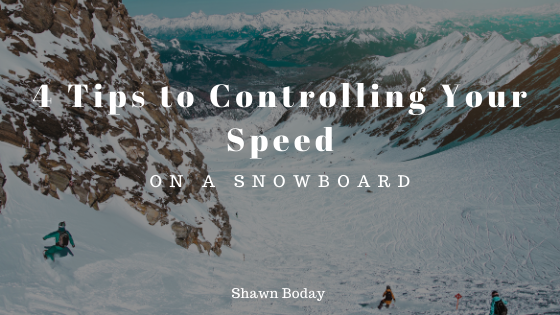Honestly, losing control of the speed of a snowboard down a gigantic hill is pretty terrifying. Once beginners master primary techniques, they must learn how to control their speed when careening down snowy mountains. Then, they can feel confident and safe about coming to a stop. To help, here are four fundamental tips to controlling the speed of a snowboard.
- Start Skidding
Skidding is the technique most people will probably instinctively use when they want to stop. By turning the board horizontally while going down a hill, the rider should bring the board to a nice slow skid and eventually a stop. Once the board is turned horizontal, apply pressure to the heel edge slowly. Snowboarders should not rush this process because the rider could lose their balance and take a tumble instead. If they take their time, then the skid should be an easy maneuver to complete. - Practice Carving
Every advanced snowboarder knows that carving is an essential skill. It is trickier than skidding but a lot of fun once riders get the hang of it. Carving is a very effective way to increase and decrease the speed of the board. Snowboarders must make wide turns to carve the edges of their board into the snow. These turns help the rider decelerate the board temporarily until they shift their weight back to the other edge. - Work on Perfecting Posture
This tip is short and sweet but fundamental. Snowboarders should always practice their posture to ensure they are well balanced and in control of the board. To do this, they should make sure their weight is centered. They should also bend their knees and keep their shoulders aligned with their hips and knees. - Try Different Stops
There are many specific stops that snowboarders can learn to control their speed and come to a complete stop. The Snow Plow Stop and the Gravity Stop are some fun and useful techniques to learn. By experimenting with different stops, they can find the one that works best for them and then branch out and use various methods depending on their situation. Some stops are better for slowing down over a long time, while others are perfect for coming to a halt quickly.

